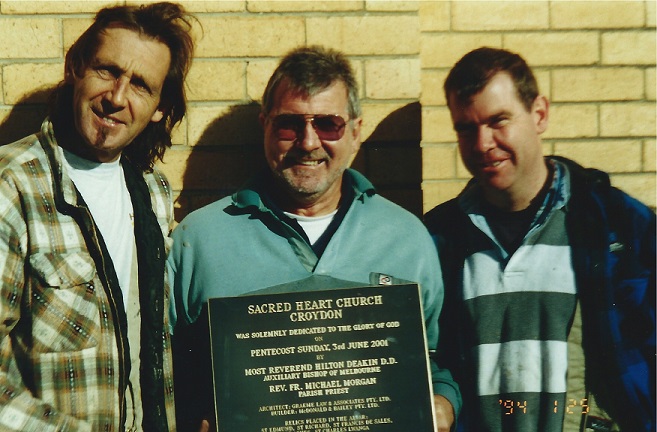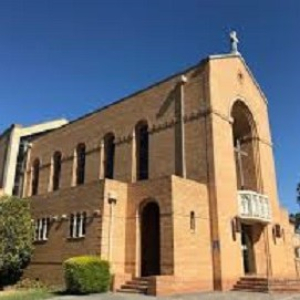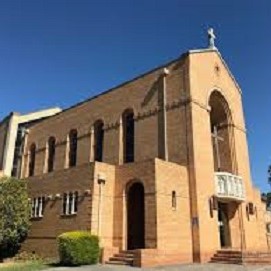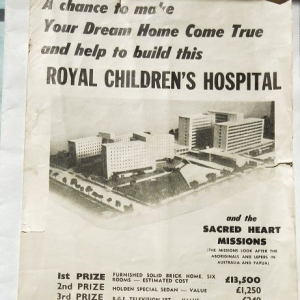Displaying items by tag: Sacred Heart Monastery Croydon
Croydon Monastery, Down Memory Lane, Ground Floor
Croydon Monastery, Down Memory Lane, Ground Floor
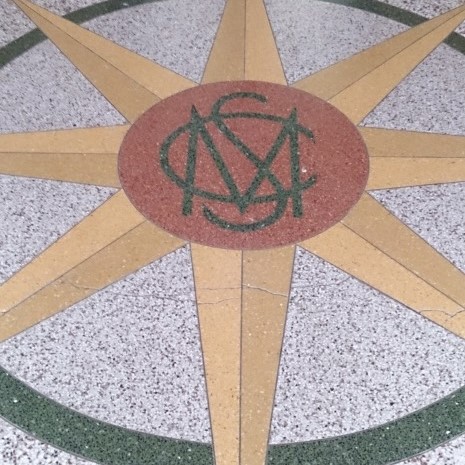
A January visit to the Monastery, now Sacred Heart Parish, Croydon. Previous posts have shown the chapel extensions to become the parish church.
Now we move around the cloister to check whether those of us who studied or worked at Croydon remember what these locations looked like.
The top photo is from the centre of the cloister at the entrance to the stairs
Check your memories of the laundry

And the kitchen
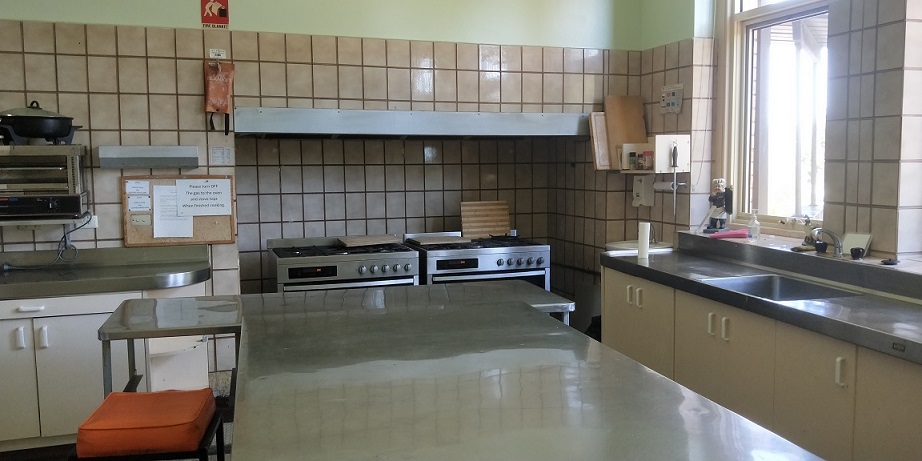
The scullery looks much the same

The dining room even more so (tables and chairs are the same as we knew them)
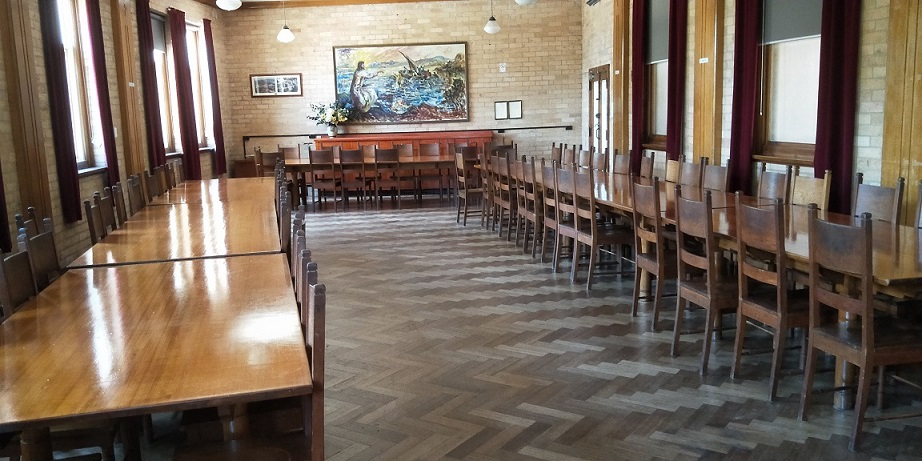
And Patrick O'Carrigan's large painting is still in place after almost 50 years.
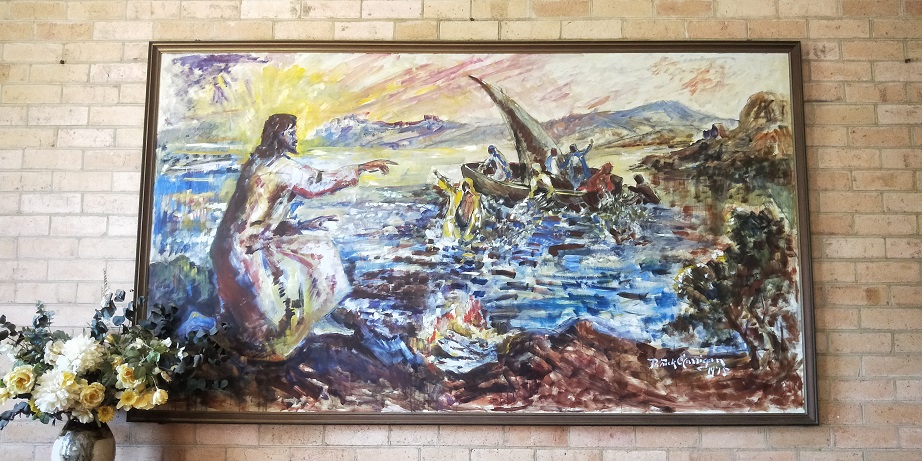
Who would have thought the theologians’ class room would look like this?
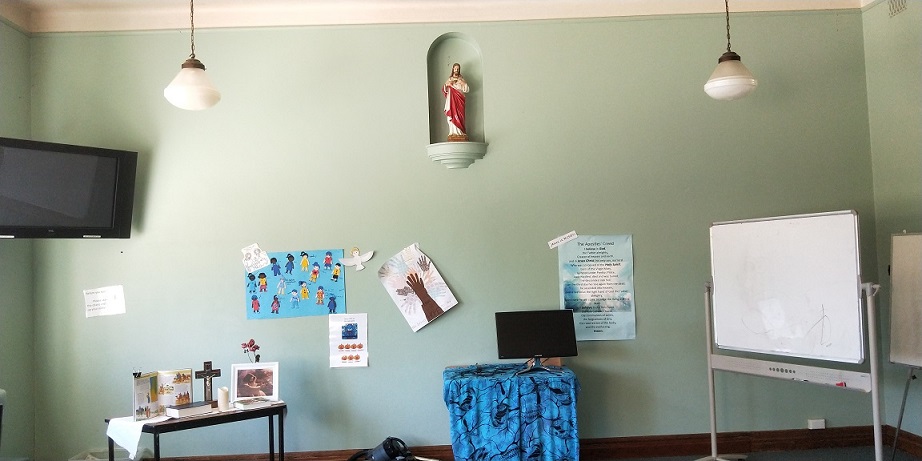
Even more so this renovated “Fathers’ recreation room”?
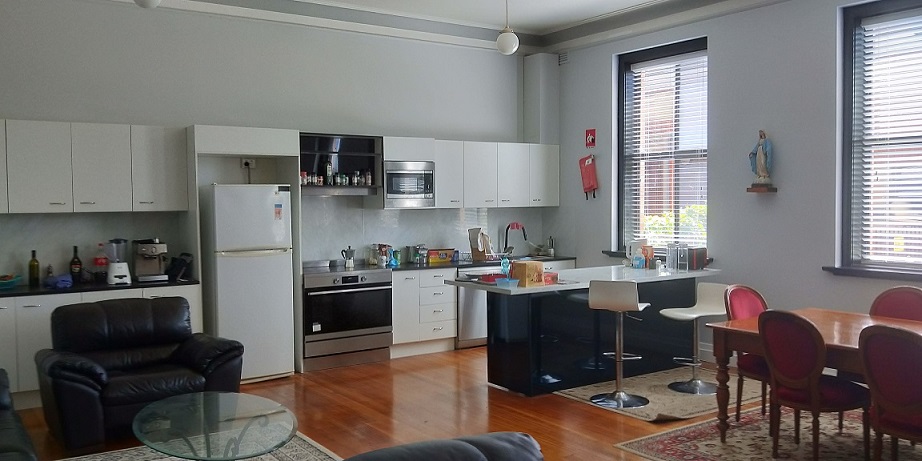
Next Croydon post we will go upstairs.
From MSC Chapel to Sacred Heart Parish Church, Croydon.
From MSC Chapel to Sacred Heart Parish Church, Croydon.

With thanks to Clive Mc Arthur for sending these photos taken during the building of the Church in 2000.
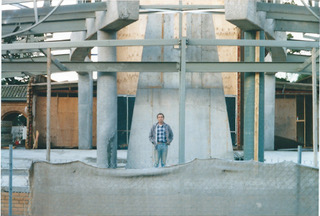
The last MSC students at Croydon moved at the beginning of 1986 to Drummoyne, Navarre House. The Monastery was sold to the Archdiocese of Melbourne in 1991.
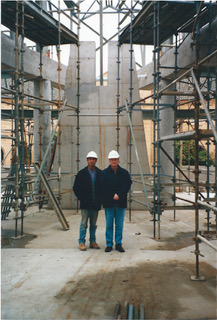
The parish church of St Edmund’s in Hewish Rd gave way to the new parish centre at the Monastery. The primary school opened on the Murray Rd side of the building leading to the cemetery.
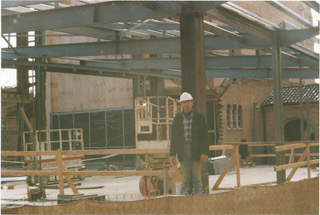
At the end of the 1990s, the decision was made to knock down the chapel apse and extend the building into the courtyard – which worked well for both church and courtyard.
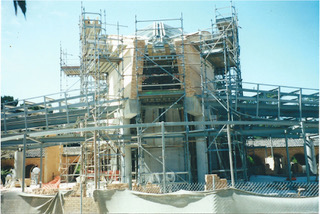
Bob Irwin was provincial at the time and sent this photo and the note: the builders of the church: Peter McArthur, from Murray Rd , opposite the monastery…good friend to me and a number of ex scholastics.. I believe their initials are scratched onto the back of the plaque.
Revisiting Croydon Monastery and its MSC memories – and some photos
Revisiting Croydon Monastery and its MSC memories – and some photos
Last week our student, Hoa, asked me about visiting Croydon to get some sense of the Province’s past and formation there. It was a beautiful day and the building still looks good.

It is now Sacred Heart Parish and has a primary school at the back and side with several hundred children. The school was locked for the holidays and you have to pass through the school grounds to get to the cemetery.
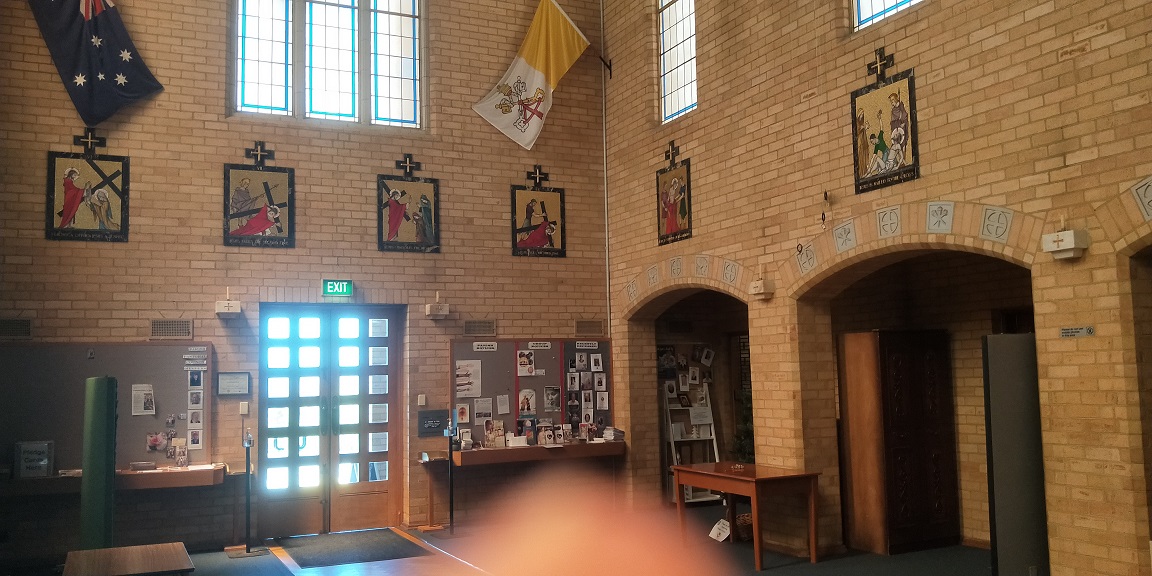
The parish secretary enjoys showing visitors around. I took photos and will post them over coming weeks.
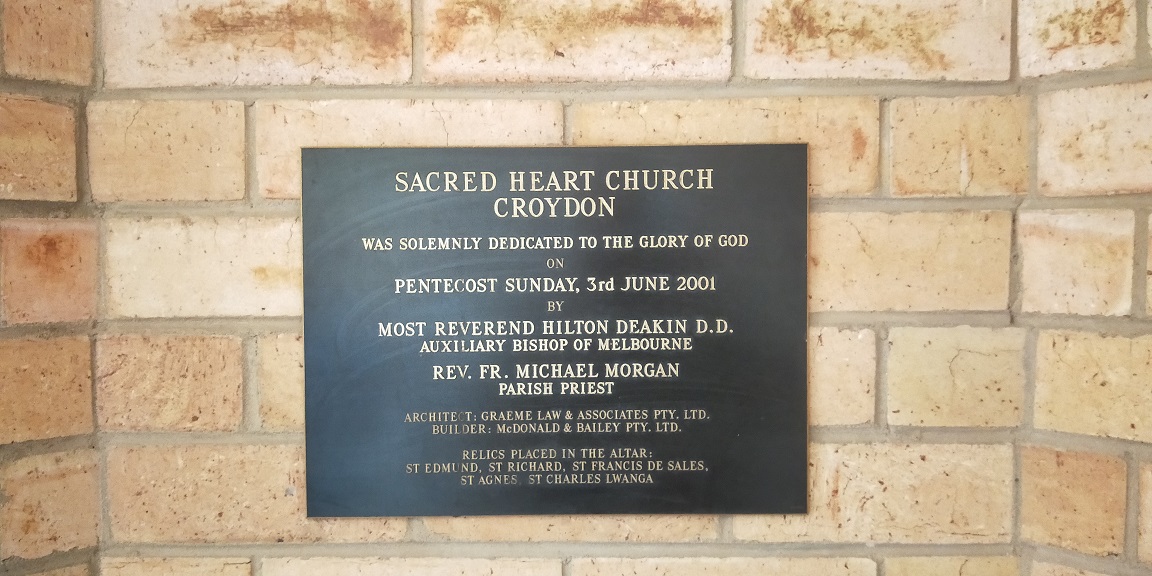
This post shows the chapel and the Church. And the memorial to Norbert Earl MSC at the entry to the chapel.
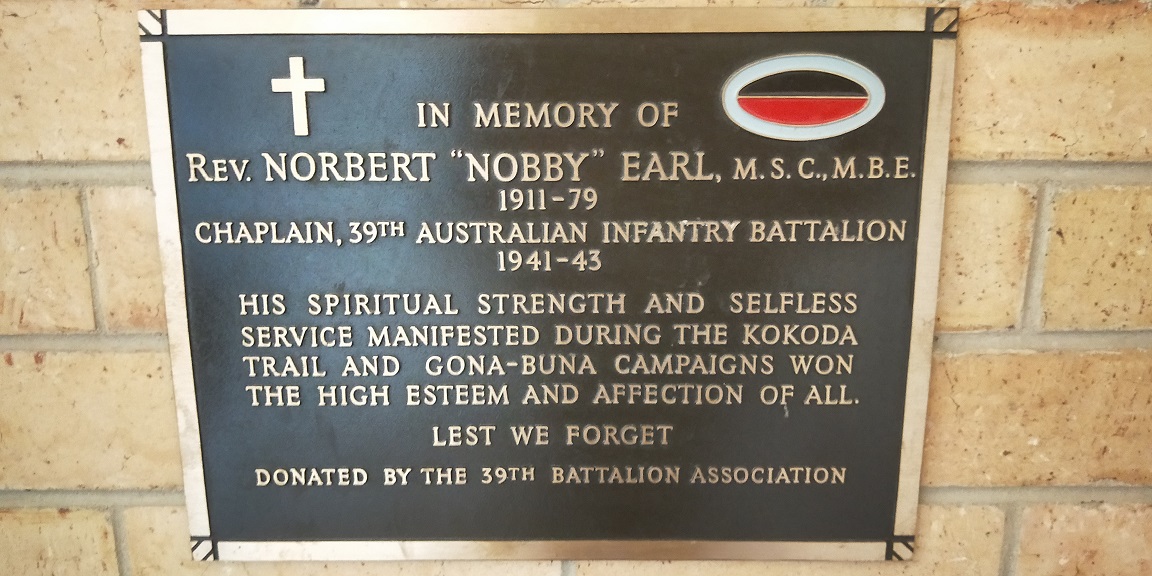
The Church extension from the chapel into the courtyard.
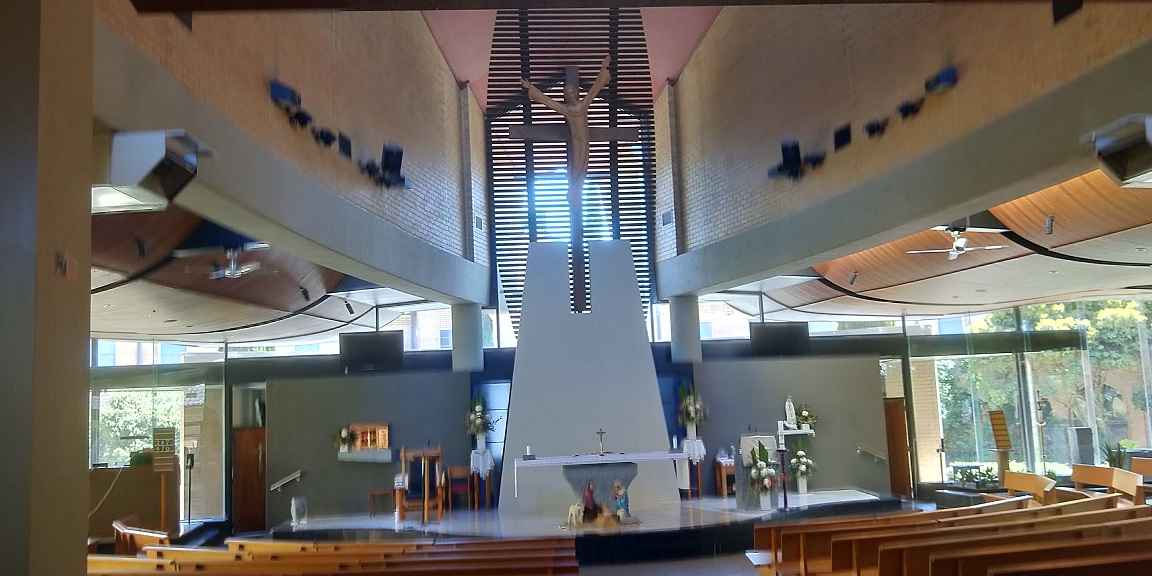
Next week photos from downstairs, later photos from upstairs.
Weekend story for the record: Foot-slogging for the Sacred Heart.
Weekend story for the record: Foot-slogging for the Sacred Heart.
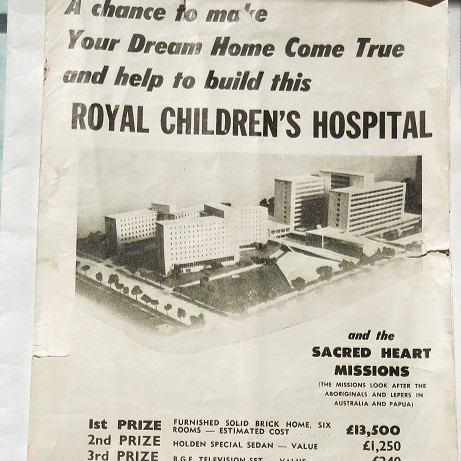
THE MSC DREAM HOMES AND THE CROYDON AUXILIARY
A Walk down Memory Lane
A story sent by Malcolm Fyfe (and the editor of this site will vouch for it).
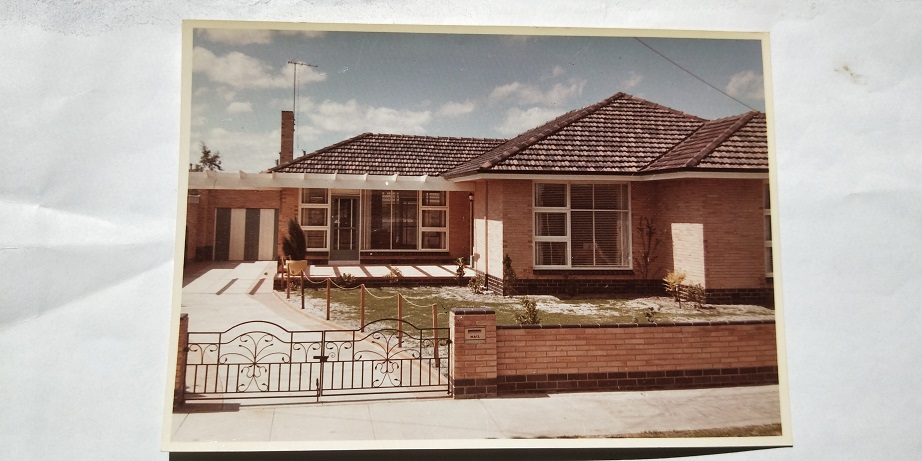
Few Australian Missionaries of the Sacred Heart (MSC) would be aware of the fund-raising activities engaged in 65 years ago at a time when the ready cash resources of the Australian Province were under some degree of pressure. A number of factors contributed to the ongoing depletion of funds in those days, such as the large number of candidates in formation – always a costly exercise, as I know first-hand from my time in India. There were around 60 Scholastics and their Formators housed at Croydon, ‘first and second class’ novices in the Novitiate and the 50 or more Secondary students at the Douglas Park NSW Apostolic School, all of whom cumulatively, were a massive drain on the Province’s finances.

Father Tom Drake (died July 4, 1984) the Superior at Croydon Monastery at the time, shared the urgent need to raise funds with my father, Keith Fyfe, and two initiatives followed: the formation of the Croydon Auxiliary and the MSC Dream Home programme. I think it fair to say that Keith Fyfe was the ‘Mover and Shaker’ of both, with others such as Wally Black’s parents, Arthur and John Braithwaite’s parents and a small group of others, being willing collaborators. The wives were also out selling the tickets. To focus on just one activity among several, the Croydon Auxiliary ran highly successful fetes for a number of years, raising year after year in excess of AUS £1000.
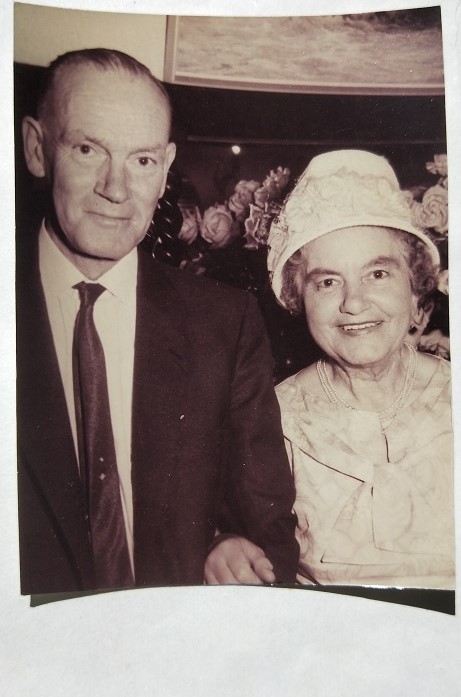
Keith and Daisy Fyfe, Malcolm's parents
At this point, I should mention that one Australian Pound (AUS £1) back in 1957 was considered a significant amount of money in terms of its purchasing power. It is no easy task to estimate its value in today’s economic climate.
First of all, let us recall that it was later, in February 1966, that Australia changed its currency from the Imperial to the Decimal System.
The Reserve Bank backed programme called The Pre-Decimal Currency Calculator is a tool that calculates the change in cost of purchasing a ‘basket of goods and services’ over a period of time. It shows that a ‘basket of goods and services’ valued at AUS £1 in 1957 cost $36 in 2023. (The Purchase of property has followed an enormously steeper trajectory.)
In terms of the financial benefit rendered to the Australian Province at the time we are considering, if we simply keep to the “basket of goods and services” factor of 36: 1, we can get an idea of the financial benefit rendered to the Province.
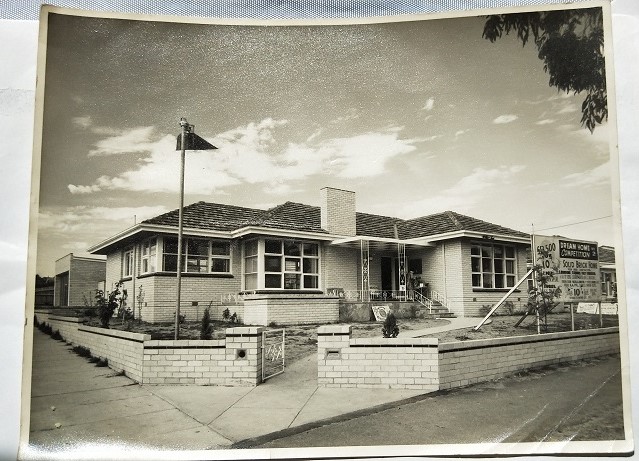
But the Dream Home Programme involving the Construction and Raffling of 3 Dream Homes in the Ormond, Brighton and Bentleigh area’s south-eastern suburbs of Melbourne, yielded significantly greater outcomes. Keith Fyfe conceived of the Dream Home idea and being a builder himself, was in a position to implement the programme and carry it through.
It wasn’t an easy task. In fact it required an awesome amount of coordination and organisation. To get permission from the Raffles Board for the raffles to be held, it was expedient to run the programme for the twinned beneficiaries of the Royal Children’s Hospital and the Sacred Heart Missions, the latter being described as “The Missions that look after the Aboriginals and Lepers in Australia and Papua”. It was foreseen that buyers of the raffle tickets might be attracted by at least one or the other of the stated beneficiaries.
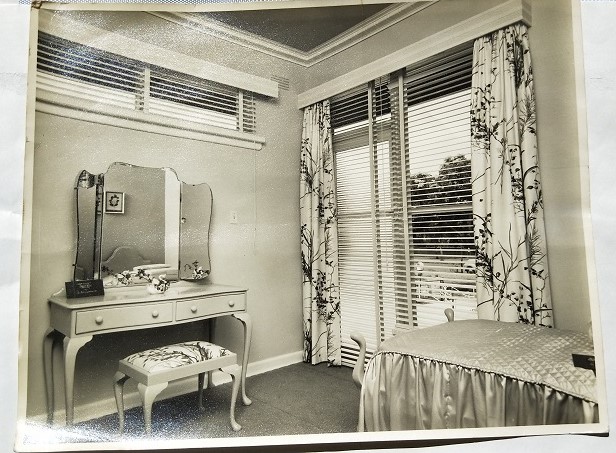
But how to get the finance to enable the construction of the first Dream Home? Father Drake said the MSCs couldn’t risk providing money (AUS £15,000) for a scheme that might well fail. So Keith Fyfe mortgaged the newly-built Fyfe family home to raise the capital – and the deeds would only be redeemed 10 years later! And because the Dream Homes were to be fully furnished, Keith and his Committee Members approached a goodly number of furniture and furnishing firms to donate whatever items were required inside the Dream Homes, with the promise of free advertisement for the firm involved. It worked!
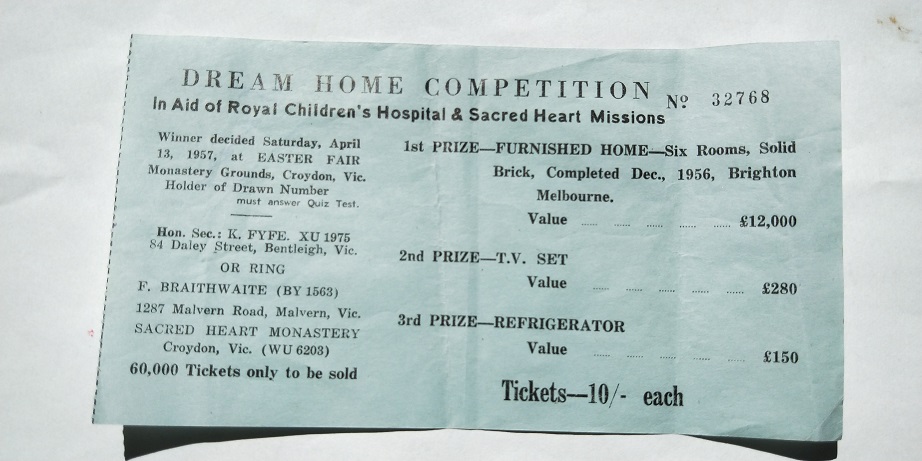
And who would sell the 60,000 tickets at 10 shillings each? The Scholastics played a large part in this tedious exercise, knocking on door after door in the eastern suburbs of Melbourne. This probably contributed to poor exam results in Philosophy and Theology for a cohort of Scholastics!
Fortunately the first Dream Home Raffle was surprisingly successful (I drove past the one of the 65 year old Dream Homes the other day and it still looks very impressive and fashionable). The First MSC Dream Home was followed by a second and a third, but by then the idea of raising money from Dream Home Raffles was being engaged, in far and wide.
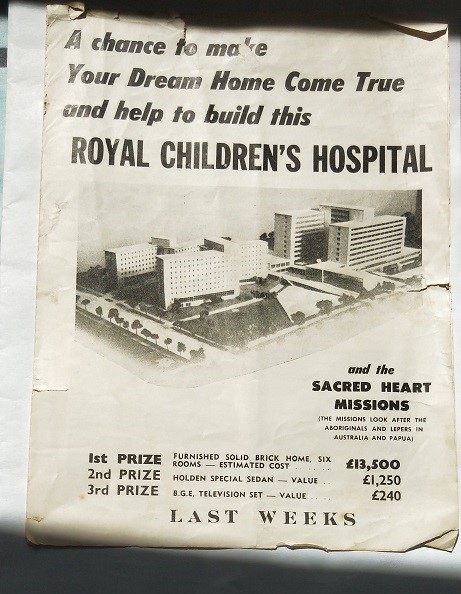
At any rate, the running of each of our Dream Home Raffles generated outcomes that significantly exceeded the running of a Monastery Fete. As a rough and ready estimate of a single Raffle Income minus the Costs, we might come up with a figure of about AUS £20,000 profit, which would have yielded AUS £10,000 to the ROYAL CHILDREN’S HOSPITAL and the same amount to the SACRED HEART MISSIONS. Multiply this figure by 3 and then multiply the result by the 36 of The Pre-Decimal Currency Calculator mentioned above and you can understand the appreciation expressed by both beneficiaries.
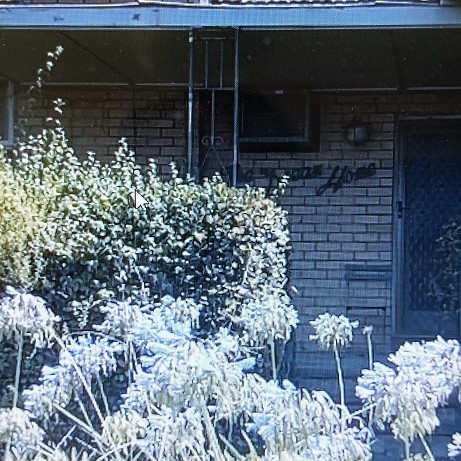
Dream home sign, 2024
Seniority in a Province of the Missionaries of the Sacred Heart follows the formula: Profession, Ordination and then Age. Recently the Australian Province’s most senior figure, Father Jim Littleton told me where I stand on the ladder. Without revealing too many secrets, let me say that not many other MSCs are alive today, who would remember the foot-slogging and the time-consuming, fund-raising activities that some of us engaged in at the expense of arguably better results in end of year Seminary examinations!
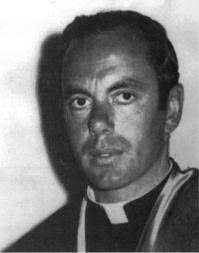
And Malcolm himself in those days.
A Walk down Memory Lane indeed!
Father Malcolm P Fyfe msc
12.01.2024


